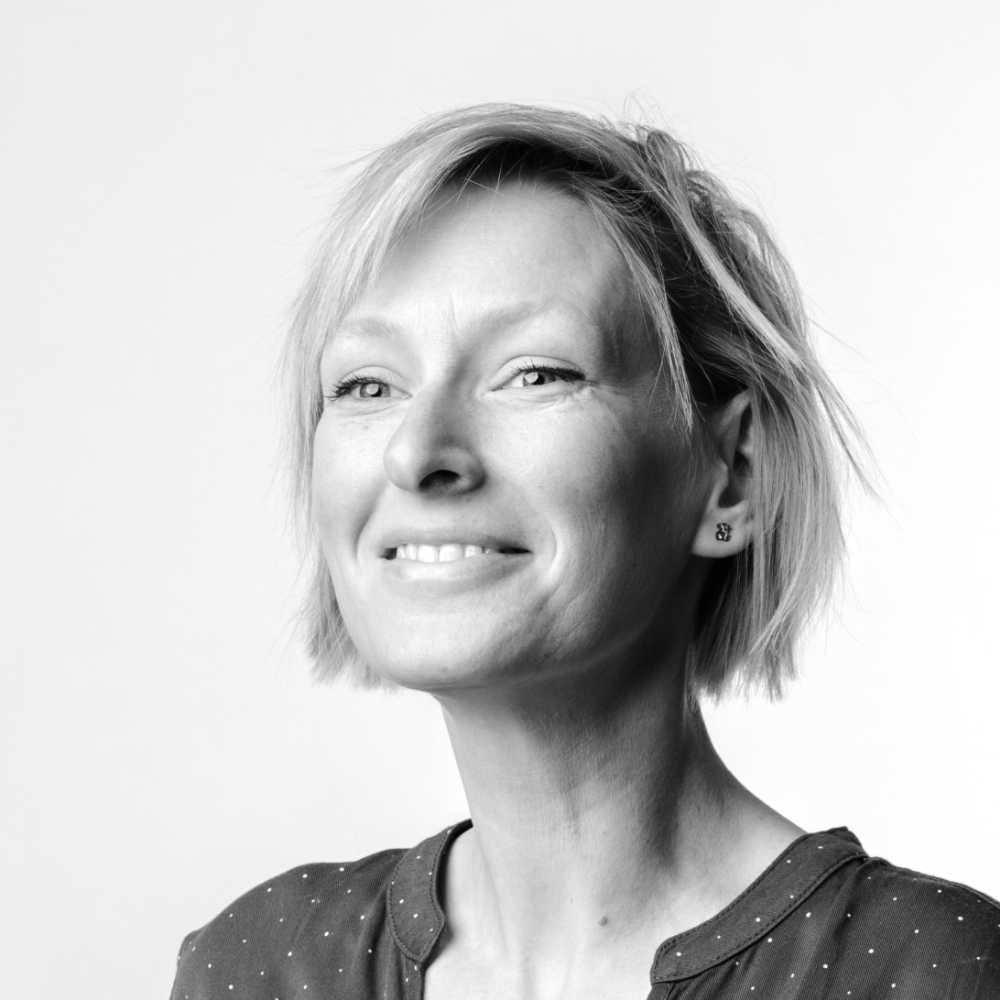Anna Pohl
Kuratorka wydarzenia AGRAFA’22, odpowiedzialna za merytoryczną część wydarzenia oraz koordynację wszystkich działań organizacyjnych, była kuratorką 3 edycji międzynarodowej konferencji projektowej AGRAFA (od 2015 roku).
Projektantka, kierowniczka Katedry Projektowania Komunikacji Wizualnej ASP w Katowicach. Prowadzi zajęcia z projektowania tożsamości wizualnej. Autorka projektów z zakresu identyfikacji wizualnej, systemów informacji wizualnej oraz aranżacji wystaw. W pracy badawczej podejmuje tematy związane z tożsamością miejsca, uwzględniające podejście partycypacyjne. Interesują ją projekty społeczne i edukacyjne. Przez 7 lat współpracowała z katowickim oddziałem SARP przy realizacji projektów edukacyjnych i kuratorskich, prowadząc Galerię Architektury SARP w Katowicach.
https://asp.katowice.pl/uczelnia/nauczyciele-akademiccy/anna-pohl.html
Beyond dla mnie to…
Otwieranie się na pojawiające się możliwości.
Nie przywiązywanie się do tego, co oczywiste i oswojone.
Poszukiwanie własnej drogi, czasem wbrew oczekiwaniom czy trendom
